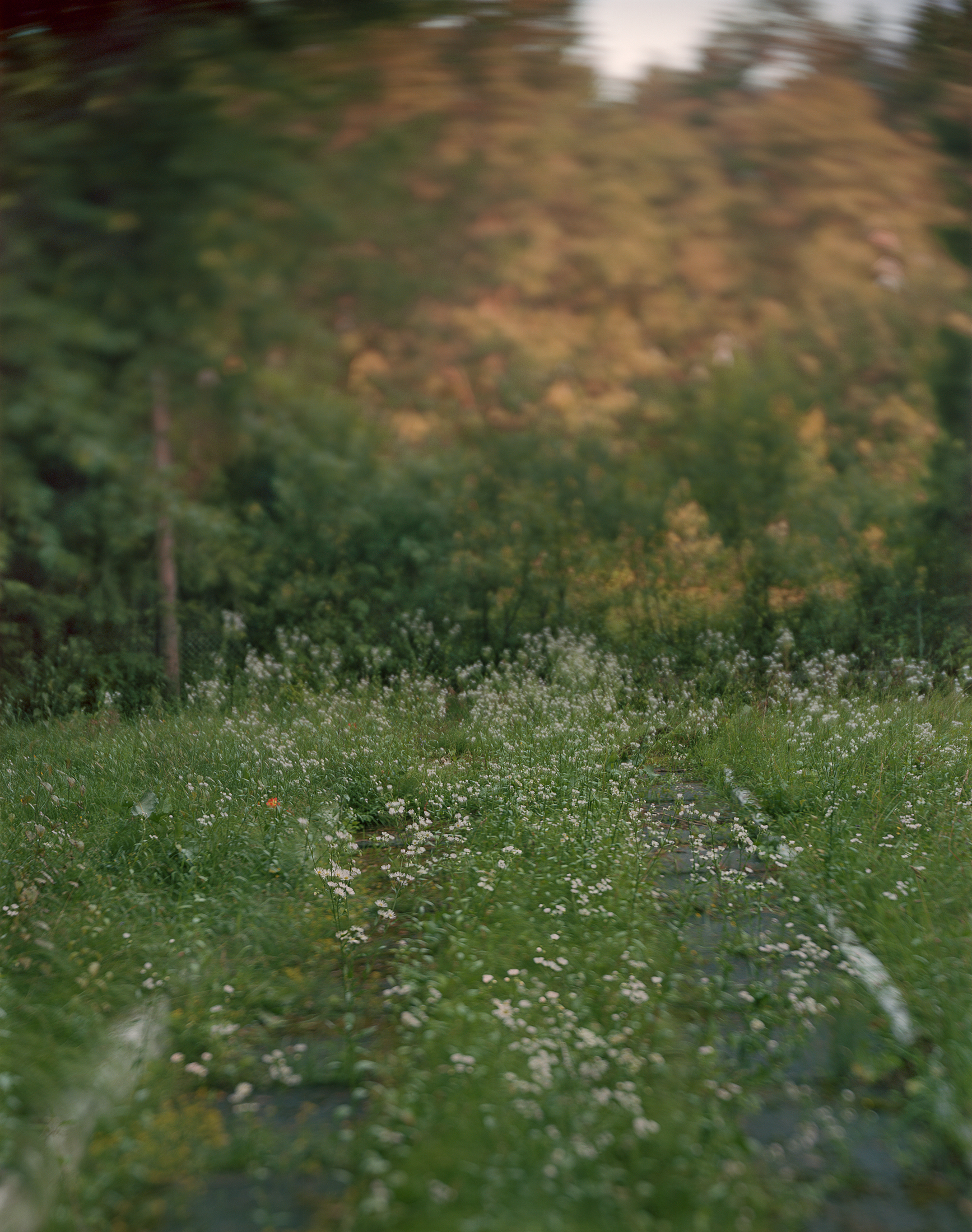
Mass graves of the Jews of Riga, Latvia, 2017. All photos courtesy of the author
The Holocaust ended seventy-seven years ago, about the span of a full human life; however, the Holocaust is very much of the present cultural moment, its meanings and lessons still actively in formation. For twenty-five years, I have wrestled with the afterlife of thisgenocide, producing books, exhibitions, web-based installations, experimental films, hybrid photo-text writings, reportages, and essays. Many of these works are available through my website.
At the center of my work over the last decade has been my long-term project Alive and Destroyed: A Meditation on the Holocaust in Time (Daylight Books, 2021). Documentary in spirit and conceptualist in method, Alive and Destroyed is an unconventional work of witnessing. The book follows contemporary scholarship in showing a dispersive and decentralized account of the genocide, in contrast to the tendency to reduce the Holocaust to its most notorious and centrifugal sites, such as Auschwitz and the Warsaw Ghetto.
In its complete form, the project consists of some 3000 photographs made with a large format camera (and without digital manipulation). The book presents 118 of these photographs, along with my own texts, and an afterword by Menachem Kaiser, author of Plunder: A Memoir of Family Property and Nazi Treasure.
The photographs were made mostly in little known places where the events that we collectively call the Holocaust occurred — hundreds of them — in a vast geography ranging from Riga in the north to Bucharest in the south, Berlin in the west and Kharkiv in the east. (And I note: these hundreds of sites are in fact a small fraction of the more than 42,500 locations thus far identified by the U.S. Holocaust Memorial Museum.)
Whereas traditional documentary operates through the convergence of seeing and knowing, Alive and Destroyed operates by decoupling the testimonial image from anchoring knowledge. Instead the photographs invite a contemplative encounter with the discrepancies between then and now, and between genocidal dysmeaning and our own imperative to make meaning and remember. The project does not use photography to “capture” the worlds that the Holocaust left behind — to use the most common metaphor for the photographic act — but to release the volatile mixture of incomprehension, argument, reclamation, and loss that the Holocaust evokes in the living.
A poetical document of this kind pivots on a distinction between what I term “memory” and “remembrance.” Where memory is concerned with the accuracy of our representations of the past, remembrance is concerned with the suppleness of our imagination for the past. Where memory tends to be static and totemic, remembrance is fluid and dynamic. Generally nationalisms turn to memory to serve their agendas, and remembrance stands against competitive victimhood, the politics of resentment, and the ranking of miseries. In this sense, Alive and Destroyed is a work of remembrance and not a work of memory. It is a book that will, I hope, de-objectify the Holocaust and allow for unsentimental mourning — through which, I think, compassion grows and civilization matures.

Massacre site and mass grave of the Jews of Shepetivka, Ukraine, 2017

The destroyed Jewish cemetery of Orhei, Moldova, 2018 (one of my family’s ancestral shtetls)

In Kazimierz, the ancient Jewish district of Kraków, Poland, 2018
Jason Francisco (born 1967, California) is an artist and essayist. Joining documentary and conceptual art, his photoworks and writings focus on the complications of historical memory, and new directions in the art of witness. Much of his work concerns the inheritance of trauma, specifically concerning Jewish experience in eastern Europe. Working currently as a full-time artist, Stitt produces images that reflect on the social landscape and the way it shapes our experiences, past and present. With influences from street photography and the New Topographics movement, his photography speaks to a sense of place, time, and familiarity of everyday environments and the landscapes they create.